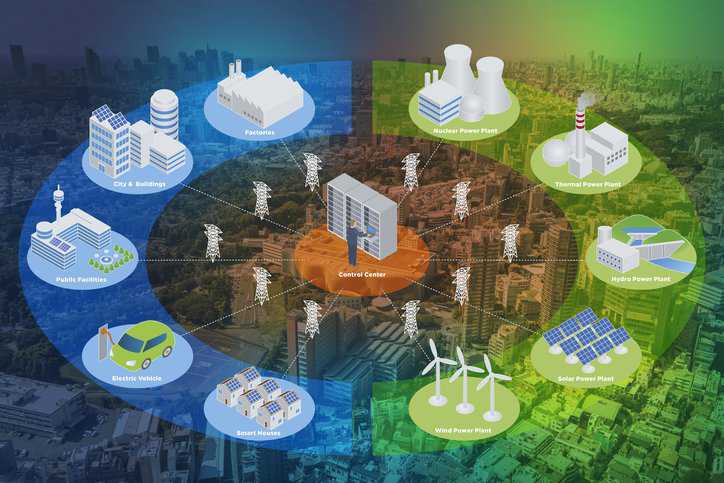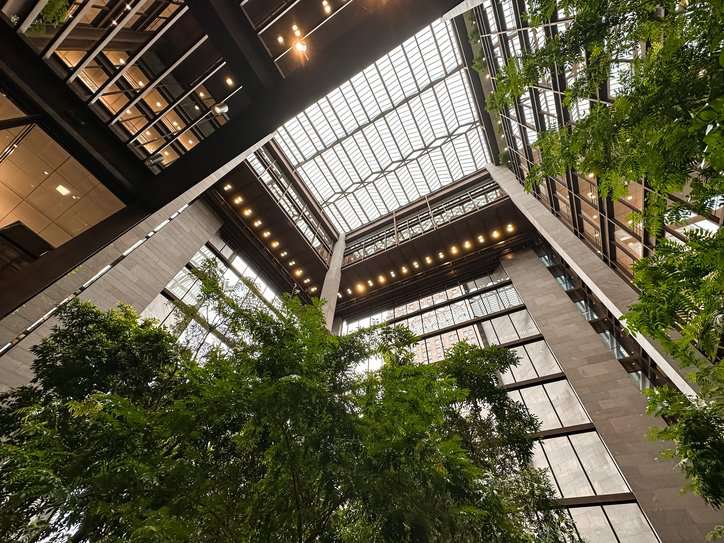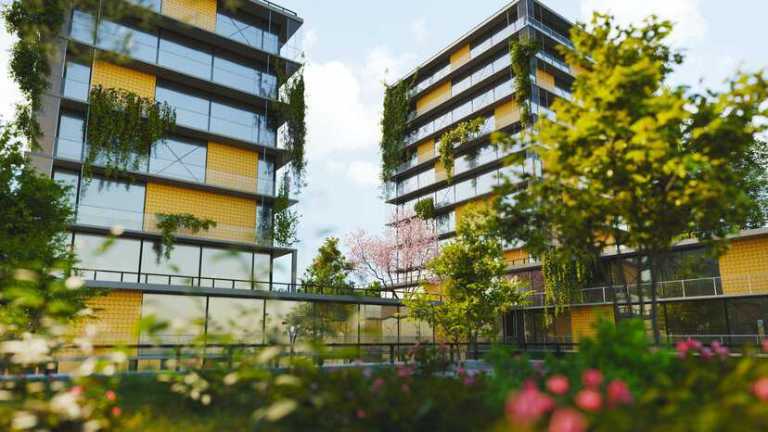How ISO/TS 34700 Shapes Ethical Thanksgiving Turkeys
When you think of Thanksgiving, the focus naturally goes to the turkey and the feast. Behind that centerpiece is a supply chain: breeding, raising, transport,…

When you think of Thanksgiving, the focus naturally goes to the turkey and the feast. Behind that centerpiece is a supply chain: breeding, raising, transport,…

In today’s fast-evolving digital world, sustainability in software development is just as critical as energy-efficient hardware. The rise of green coding—also known as carbon-conscious software…

A request made through an AI-based virtual assistant consumes 10 times the electricity of a regular search engine query. This is because the computational power required to…

At the intersection of health, environment, and poverty alleviation—especially in low- and middle-income countries—clean cookstoves offer a key solution. Their promotion is directly linked to…

Nearly all electricity is consumed in a building of some kind: homes, retail establishments, offices, schools, factories, hospitals—the list goes on. ANSI/ASHRAE/NEMA Standard 201-2016(R2020): Facility…

The average American spends as much as 90% of their time inside—mostly at work. As such, ensuring that buildings are healthy is critical for the well-being…

Architects are increasingly interested in reducing the environmental impact of the buildings they design. Life Cycle Assessment (LCA) helps answer questions that arise during the…

Globally, buildings and construction are responsible for much of our energy and resource use: 60% of electricity use, 12% of water use, and 40% material…

A vast majority of travelers look for sustainable options when traveling. According to three different studies, 96% of travelers, 90% of consumers, and 87% of…